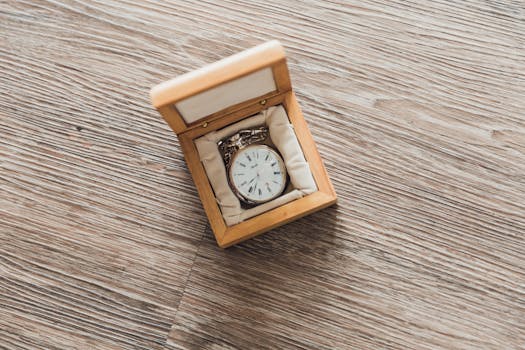
Understanding Materials and Their Specific Care Requirements
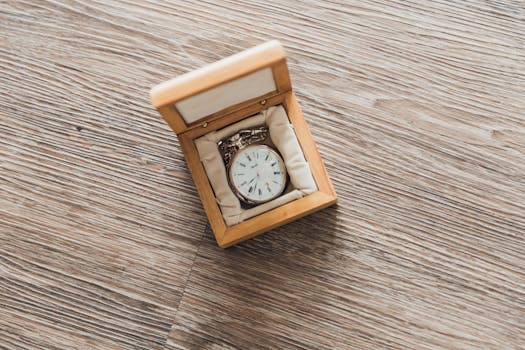
Jewelry comes in various materials, including gold, silver, platinum, and a wide array of gemstones. Each type of material has its unique properties and care requirements. For instance, while gold is relatively durable and resistant to tarnish, silver can tarnish easily with exposure to air and moisture. Similarly, softer gemstones like opal and turquoise need more gentle handling compared to hard stones like diamond and sapphire.
It’s vital to be aware of these properties to avoid damaging your pieces. Research each item in your collection to determine its specific care instructions. Use gentle cleaning methods suited to your materials to avoid scratches or wear.
Regular Cleaning and Inspection

Regular cleaning is crucial to maintaining your jewelry’s shine and beauty. A simple solution of warm water and a few drops of dish soap can work wonders for most of your pieces. Utilizing a soft toothbrush will help you gently scrub in crevices.” Be cautious with porous stones and avoid soaking them in water.
It’s equally important to inspect your jewelry periodically. Look for signs of wear, loose stones, or tarnish buildup. Early detection can help save your favorite pieces from significant damage and costly repairs. If you find any issues, consult a professional jeweler to address them promptly.
Proper Storage Solutions
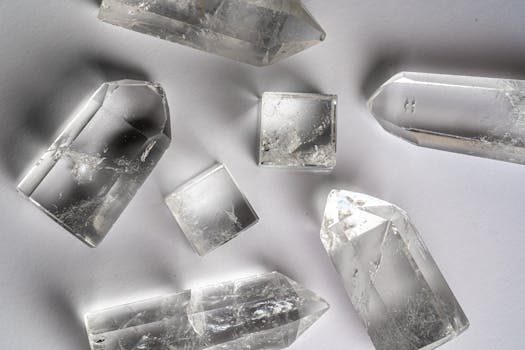
How you store your jewelry has a profound impact on its longevity. Use a soft, lined jewelry box or individual pouches for each item to prevent scratching and tangling. Avoid storing different types of jewelry together, especially softer pieces with harder ones, as this may cause damage.
Ensure your storage area is cool, dry, and away from direct sunlight. Humidity can lead to tarnish, so incorporating jewelry-specific anti-tarnish cloths or sachets can also shield your collection from clouds of tarnish forming over time.
Avoid Exposure to Harsh Chemicals
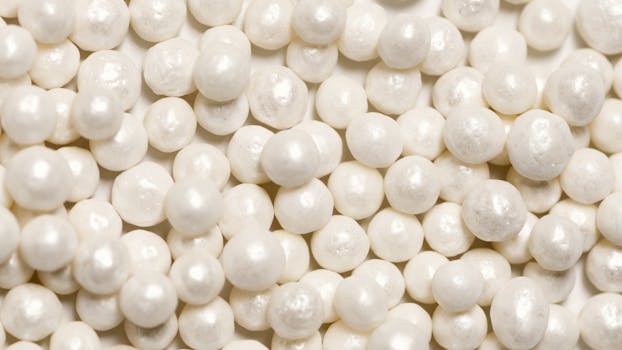
Your jewelry can be sensitive to chemicals found in lotions, perfumes, hair sprays, and household cleaning products. It’s advisable to wear your pieces after you have applied any beauty products, allowing them to settle before the jewelry makes contact.
Additionally, remove your jewelry when engaging in activities like swimming, exercising, or using cleaning products. Water—notably chlorinated water—can harm certain materials, and excessive sweat can affect the metal’s finish.
When to See Professional Help
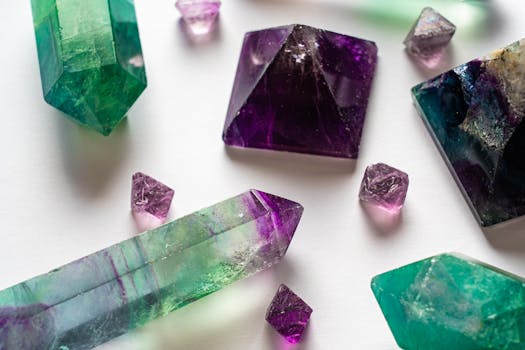
Despite your best efforts, there are times when professional care becomes crucial. Limit heavy wear and tear through regular care techniques, absolutely heed potential professional help for deep cleaning, repairing damage, and resetting stones. By occasionally visiting a jeweler, they can also do evaluations, helping you maintain your jewelry’s condition and appeal.
In conclusion, taking care of your jewelry collection is neither challenging nor time-consuming; it’s a valuable investment that enhances your style and elegance. By understanding materials, regularly cleaning and inspecting pieces, properly storing jewelry, avoiding harsh chemicals, and knowing when to consult a jeweler, you ensure your collection remains in pristine condition for generations.
- Knowing different materials and their care is key.
- Regular cleaning enhances durability.
- Opt for thoughtful storage solutions.
- Always o include precautions against chemicals.
- Consult professionals for heavy damage or cleaning needs.
Dedication to your jewelry maintenance can dramatically extend the life of your precious items, ensuring they remain dazzling pieces of your wardrobe. Implementing straightforward tactics to care for these can yield long-lasting results, propelling your collection to life.







